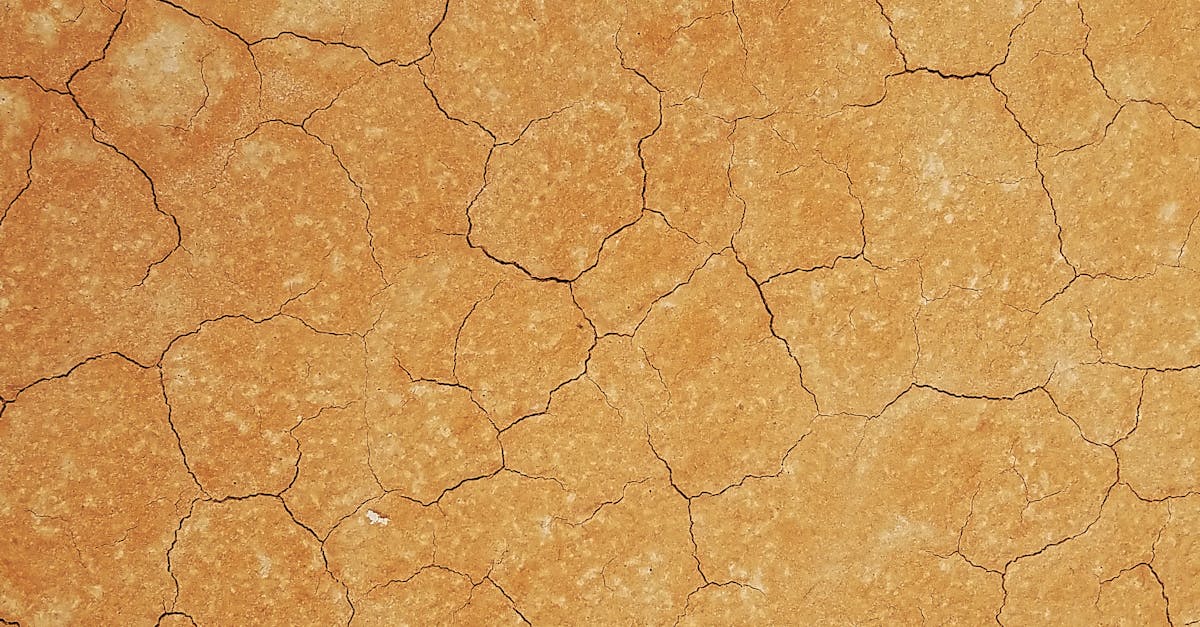
Thin stone veneer can be environmentally friendly, especially when sourced from sustainable quarries and produced with minimal waste. However, it's important to research the sourcing practices of manufactKey strategies include applying water-repellent sealers, ensuring that joints are properly filled and sealed, and regularly checking for any cracks or gaps that could allow moisture infiltration.urers to ensure they align with sustainable principles.
Why is joint maintenance important for random rubble stone cladding?Can I use thin stone veneer for both interior and exterior applications?
Joint maintenance is crucial because it prevents water penetration, which can lead to structural damage, freeze-thaw cycles, and the growth of mould or mildew, ultimately prolonging the lifespan of your cladding.Yes, thin stone veneer is versatile and can be used for a variety of applications, including enhancing home exteriors such as facades, as well as interior features like fireplaces, accent walls, and backsplashes.
Related LinksRelated Links
Environmental Impact of Using Random Rubble Stone CladdingHow to Maintain Thin Stone Veneer CladdingCost Considerations for Random Rubble Stone CladdingComparing Thin Stone Veneer to Traditional Stone Cladding
The Aesthetic Appeal of Random Rubble Stone Cladding in Modern ArchitectureExploring the Aesthetic Appeal of Thin Stone Veneer Cladding
Common Mistakes to Avoid with Random Rubble Stone CladdingCommon Mistakes to Avoid When Installing Thin Stone Veneer
Design Ideas Featuring Random Rubble Stone CladdingEnvironmental Benefits of Using Thin Stone Veneer
Comparing Random Rubble Stone Cladding to Other Types of CladdingCost Analysis of Thin Stone Veneer vs Other Cladding Types
Installation Guide for Random Rubble Stone CladdingDesign Ideas Using Thin Stone Veneer in Interiors
Installation Tips for Thin Stone Veneer Cladding